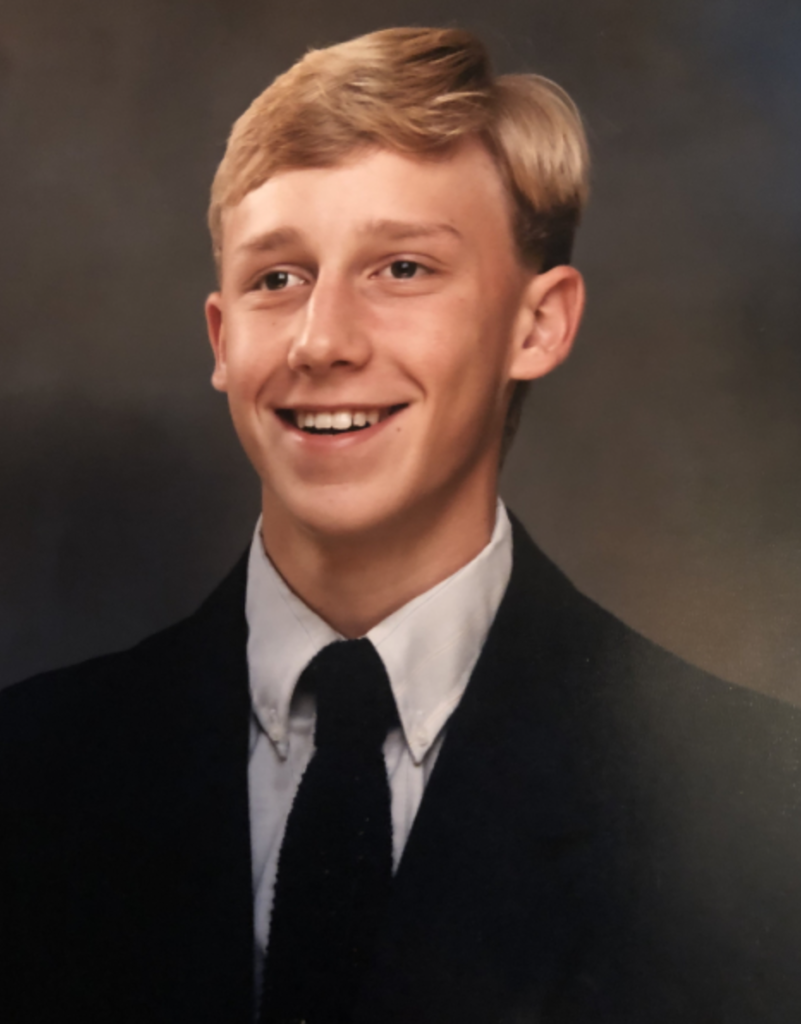There was a piece in The Washington Post yesterday by a guy about my age who, at 15, was sent to a crooked psychiatric hospital that did a number on him that he’s still trying to get over today. He’s writing a memoir about it.
When I was 16, I was sent to a couple of drug treatment centers—one in Cleveland and another in Sioux City, Iowa—that did a number on me, too.
Those places were a little crooked, too—part of a “Just-Say-No”-campaign that terrified our Nancy Reagan-panicked parents by diagnosing their adolescent kids who had experimented with dope and beer as “chemically dependent.” We were relegated to locked wards, and insurance paid for the whole thing.
But I’m not still trying to get over that experience today, as bad as it was to get taken away for most of my junior year in high school—and to feel like a mostly outcast freak when I returned.
Why? Partly, because my experience was simply much less traumatic than the other guy’s. Partly also, because I wound up abstaining from booze and drugs for the rest of my high school years—and throughout college. I think that was good for me, forcing me to learn to do a lot of things sober that most of my peers only did drunk.
Still, there was plenty of insanity inside those wards. For one thing, all the counselors and techs were recovering alcoholics and drug addicts and some of them didn’t seem like they’d been dry very long. Indeed, one of the senior counselors at the Cleveland joint relapsed during my stay, and disappeared. Many of the others seemed full of rage, behaving more like drill sergeants than care givers.
The main therapeutic thrust of the treatment was to break the patients down, make us admit all the terrible things we had done as a result of our dependency on alcohol and drugs, and tell of all the terrible consequences we had suffered. Only, most of us hadn’t had time to do too many terrible things, or suffer many consequences. You ran out of stuff to talk about so quick, you started making stuff up. And at some level you wondered: If you can count up and recall each time you have smoked a joint or drank a beer, can you sincerely stand in front of an AA meeting and say, “I’m an alcoholic and a drug addict”?
(After treatment, I did exactly that, giving a lead at an AA meeting inside the local Terex tractor plant, and I had an old guy say to me, “Son, I’ve spilled more on my tie than you ever drank.”)

But the drug counselors accused me of not telling the truth, of not really speaking from the gut about all the things that alcohol and drugs had taken from me (in the eight months since I’d had my first beer). How did they know? Because I couldn’t bring myself to cry about it. Crying was the coin of the realm in that place. Some of these kids cried at card tricks, and they were allowed to trade in their hospital robes, pajamas and foam slippers for street clothes. I spent most of a month in PJs.
But things were better in Sioux City. (Possibly an original English sentence.) The recovering alcoholics and drug addicts on that staff seemed more stable, more laid back and better-humored. I guess you have to be, running a 90-day program. Anyway, I felt more at home there—felt more comfortable in my skin, which felt more comfortable in my jeans.
I also met some kids there who scrambled my WASP-y suburban Ohio imagination a little. I got to thinking about those kids today, reading that piece in the Post.
Travis was from Texas, and was laughing all the time—often, about his grandmother, who took care of him. And who, when he did something wrong, would yell at him, “Travis, go get me a switch!” And then when he brought her a small tree branch, whipped him with it.
Anteena was the first lesbian I ever knowingly met. She was terribly strong and terribly vulnerable. When she went home, I cried because I didn’t know if she was more strong or more vulnerable. And also because I had a very confusing crush on her. Yeah, I cried then.
There was a kid from Council Bluffs, Iowa, who didn’t talk right, so the whole time he was there I thought he was from a place called Count Bless.
Another kid wrote a letter to his grandma asking for more cigarettes, and got back a whole carton of long, skinny, brown MORE cigarettes. We all helped him out by smoking them up quick.
Clarence was from Omaha, and he was Black. His drug of choice was cocaine. He ran away, was caught, and ran away again. I feel like I’m lying to you, bragging that I once knew a boy as courageous as that.
And poor Tommy D was from Ames, Iowa. One day in group therapy, we were going around sharing our “drug of choice.” Clarence got us started. I said, “pot.” Kid next to me from Shaker Heights, Ohio said “beer.” Tommy D said, “Huffin’ gas.”
Huffing gas! Good God, Tommy! What’s it like to huff gas?
“Well,” Tommy said. “You take and get you a Coke bottle and you fill it up with gas. Then you breathe in a few times, and you get this terrific high. Then a few seconds later, you pass out, and wake up with a terrible headache.”
So yeah, this 1980s drug treatment craze made a mess of my high school career. It might also have threatened my mental well-being. But I turned out to be a writer. And I can’t help to think that the experience might have made me a better one.
Made me a better one today, anyway.
Leave a Reply